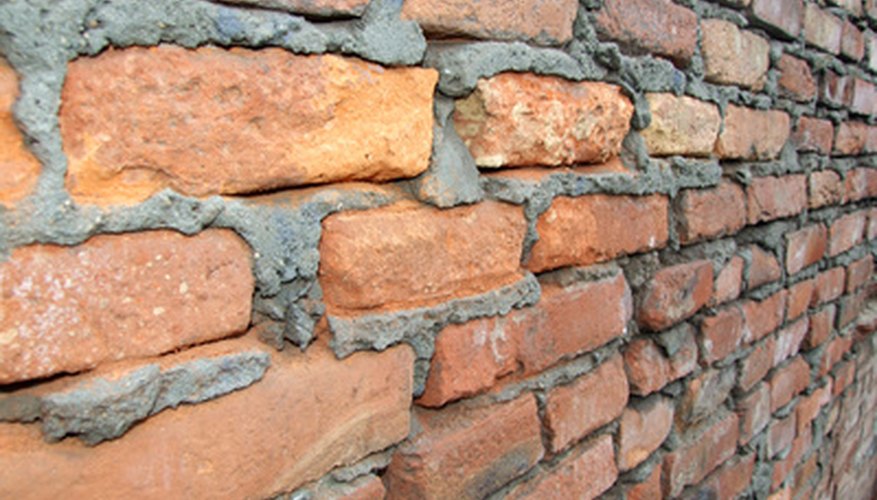White mould is a type of fungus that is responsible for causing dead organic matter to decay. However, it can become a problem for homeowners when it lands on the bricks in their home and begins to eat away at the mortar and brick. There are actually hundreds of white mould spores floating inside and outside a home, but they will only settle and grow on the brick walls of your home because of moisture, lack of air circulation and a failure to remove the mould from the bricks regularly.
Moisture
White mould grows where water settles and in environments that are moist because white mould needs water to reproduce. Thus, white mould tends to grow in humid climates. Inside a home, white mould will grow on bricks in humid rooms such as a bathroom or laundry room. To prevent the growth of white mould in your home, ensure that each room is well ventilated to prevent moisture from building up and pooling.
- White mould grows where water settles and in environments that are moist because white mould needs water to reproduce.
Air Circulation
White mould also grows where there is little air circulation. Mold spores are constantly floating through the air and into a home. If the home has proper air circulation, the spores will cycle back out of the home. However, when mould spores become trapped in a poorly ventilated room they can settle and grow. Inside a home white mould can grow in crawl spaces, attics or basements that do not have proper air circulation. To prevent this, homeowners can install an attic fan or cross ventilate a home regularly. Outside a home, white mould will grow on bricks on a part of the home that is protected from wind.
- White mould also grows where there is little air circulation.
- However, when mould spores become trapped in a poorly ventilated room they can settle and grow.
Cleaning
White mould growth on bricks is common is most environments and inevitable for many homeowners. White mould is harmless if it is cleaned away regularly, but it can damage the bricks on your home if it is left to grow. In fact, the longer it is left alone, the larger the white mould growth will be. To prevent home damage, homeowners can regularly clean the white mould from the bricks on their home. Inside a home, they should look for white mould growth in poorly ventilated areas that may have excess moisture. Outside a home they should look in areas that are protected from wind, including the space behind shrubs and trees or under steps. Power washers are useful cleaning tools for the outside of a home.
- White mould growth on bricks is common is most environments and inevitable for many homeowners.
- White mould is harmless if it is cleaned away regularly, but it can damage the bricks on your home if it is left to grow.
